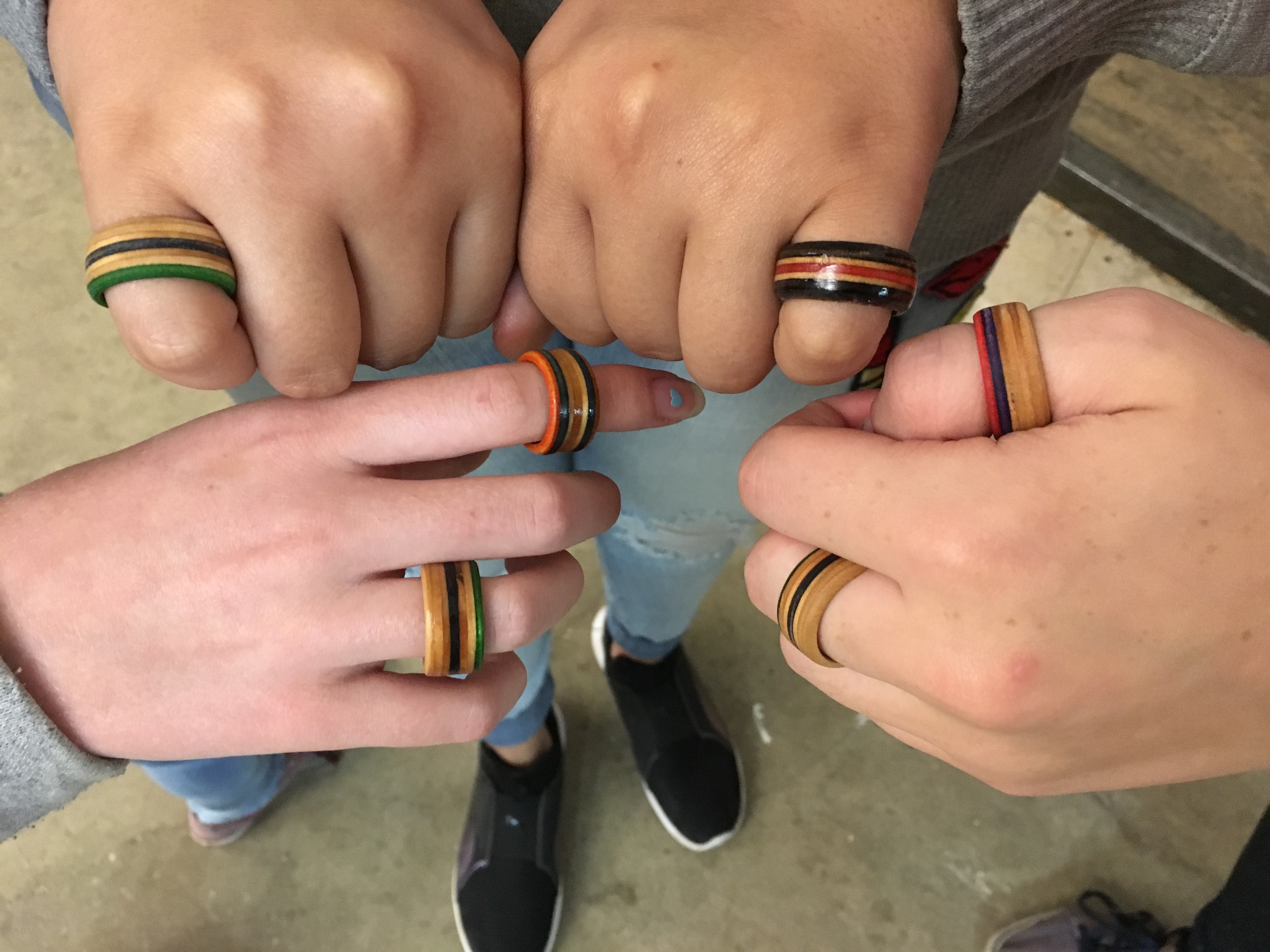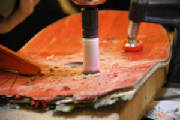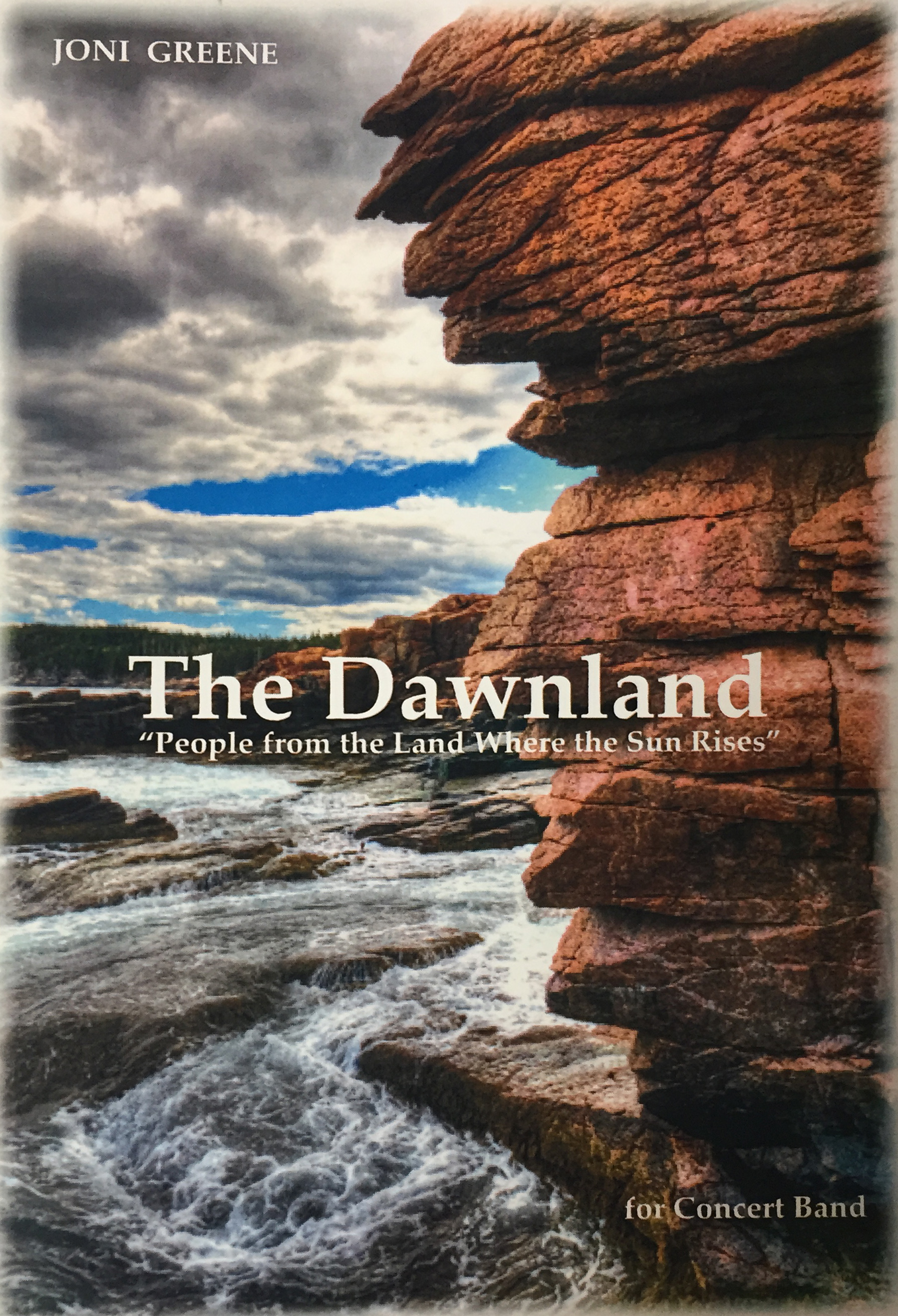|
 |
| |
October 2017 School
District 300 Students to Roll with New Artistic Medium in Old Skateboards With a School District 300 Foundation
for Educational Excellence grant, students from district’s three high schools will learn from artist and skateboarder
Ariel Ries how to carve and sculpt skateboards’ multicolored wooden deck layers into unique wearable art. ALGONQUIN, IL –
A group of students from School District 300’s three high schools will ramp up skills, perspective and inspiration working
with DeKalb-based artist and skateboarder Ariel Ries. With a grant from the District 300 Foundation for Educational
Excellence, nearly two dozen advanced art students from Dundee-Crown, Hampshire and Jacobs high schools will travel to Fargo
Skateboarding in DeKalb on Thursday and Friday, October 12th and 13th, where they’ll each receive a recycled skateboard
to transform into one-of-a-kind jewelry.  Ries, an
avid skater since middle school who studied metalworking and sculpture alongside her business classes in college, opened the
skateboard park in the old Fargo Theatre, originally built 1929. Along with teaching skateboard lessons, building ramps and
selling skateboards and gear, she collects broken skateboards for her craft, channeling proceeds from sales of finished pieces
to support the skateboarding scene in the Midwest.  Most skateboards
are made from seven plies of maple, each dyed a different color and arranged in different ways. Under Ries’ guidance,
the students will use a variety of tools, such as drill presses, hole saws and an oscillating sanders, to cut shapes from
the wood and sculpt them into wearable rings that expose the multicolored layers of wood.
Hampshire High
School art teacher Laura LaRue, who is administering the grant, said getting students out of the classroom and into the environment
of working artists is invaluable. “One hundred percent of our students’ understanding of art making and the
design thinking process exists within the construct of the classroom environment,” LaRue said. “In order to truly
`see’ themselves as an artist and understand that they, too, are engaging in an experience larger than themselves, it
is beneficial to leave the school environment and participate in the world at large. Having a `real world’ experience
will give them practical knowledge and a framework for 21st century learning that is applicable beyond their high school years.” Each school will
display student projects produced and share photos of the workshop via social media. The D300 Foundation’s mission is to enhance and extend learning opportunities
in all D300 schools. Since the D300 Foundation was founded in 2002, it has awarded nearly one half million dollars in local
education grants – all made possible by private donations and special fundraisers. The group is governed by a
volunteer board of trustees made up of parents, business owners and other community members.
January 2017 Concert to Feature World Premiere of New Grant-Funded Musical Composition D300
Students Helped Write January 10th Honors Band performance marks debut
of “The Dawnland,” created by internationally renowned composer-in-resident Joni Greene with input from students
at district’s five middle schools and funding from the School District 300 Foundation for Educational Excellence. 
ALGONQUIN, IL –Funded by a Foundation
for Educational Excellence Large Project Grant, renowned composer Joni Greene began working with students in District
300’s middle schools two years ago to create a piece of music that will forever echo back to D300. Students in
the district’s community-wide honors band will premiere that work, “The Dawnland,” at a public concert January
10 beginning at 7 p.m. at Dundee-Crown High School in Carpentersville.
The School District 300
Foundation for Educational Excellence approved an $8,000 Large Project Grant during the 2014-15 school year that let D300
Middle School Honor Band commission Greene to write a new piece of music to be performed at next week’s concert under
the baton of Dundee-Crown High School educator emeritus, Mark Bettcher.
Greene began working with
Michael Kasper, a music teacher at Carpentersville Middle School who is facilitating the district-wide grant project, in spring
of 2015 to incorporate all 7th graders in School District 300 into the writing process of a piece they could premiere this
year as 8th-graders. This was the first time she had worked with a middle school group to compose a musical
piece.
During brainstorming sessions with students, Greene introduced the concept of the modern
day composer and discussed how the writing process works, the timeline for creativity, and most importantly, how the students
could contribute their ideas into the music.
“These lively talks were extremely fruitful,”
Greene said, “especially so early on in the writing process, which can often be the hardest period of decision making
for a composer. For weeks, I contemplated the students’ ideas of what sorts of musical stories we could tell. I was
inspired by the overwhelming desire the students had to create not just a programmatic story, but also an emotional journey.”
Many students wanted to explore nature or battle scenes, Greene said. Using this imagery as a starting
point, the programmatic concept took shape during a trip she took last summer to Acadia National Park in Mt. Desert, Maine.
There, she learned about the first known settlers to the area, the Wabanaki Indians who dated back at least 13,000 years.
In their native language, “the Wabanaki,” -- or if you speak Passamaquoddy, ckuwaponahkiyik -- translates to “people
from the land where the sun rises” or “of the Dawnland.”
“The Wabanaki
had, and still do have, a deep relationship with the land and animals of their homeland, which they believed were all related.
Their terrain was expansive with sweeping beauty and natural variety,” she said, with rising mountains cresting beyond
the clouds, a vast ocean and rocky coast, marshes with broad colors of green and yellow, and dense forests. “It took
only moments in this wilderness to imagine the sounds of these people and the serenity and austerity of their lives,”
Greene said.
Greene sent the completed work to the district and led rehearsals at Algonquin, Carpentersville,
Dundee and Hampshire and Westfield middle schools last fall. She also traveled to the district’s three high schools
to mentor aspiring composers and student musicians on the process of writing music, providing them with question-and-answer
opportunities and a master class-style setting for their own compositions.
Kasper said Greene,
whose award-winning works are frequently performed throughout the United States and Canada, was selected as composer-in-residence
for the project because of her unique, multi-layered compositional style and enthusiasm to engage with students and keep them
at the center of the composition being created.
In addition to helping students understand musical
composition, Kasper said, the project has enhanced other educational goals such as socio-emotional growth. “Student
musicians often develop their own unique connection with the songs we perform,” he said. “This is an important
outlet, a way for students channel their emotions positively and independently. By commissioning our own piece of music,
we felt they would develop an even greater, deeper connection,” Kasper said. “Instead of playing notes composed
for others, our students will know this song was made to represent their emotions.”
Percussion
in “The Dawnland” creates a calm and sparkling atmosphere, for example, while alto saxophone key clicks create
the sound of rustling wind. The full enchanting melody of the Wabanki people emerges through flute. Based on a pentatonic
(five note) scale, the melody is adapted from actual Wabanaki flute music. This melody returns repeatedly throughout the work,
often in a developed and altered form, as each change in ensemble “color” or increase and decrease of acoustical
warmth illustrates a point of arrival in the park.
“When the music is sparse, I imagine simpler
landscapes such as a stream or the flight of birds. When the melody is played by many instruments, I wanted to illustrate
more powerful terrains like the crashing of the massive waves into Thunder Hole and the climactic peak of Cadillac Mountain,”
Greene said.
The journey all the while moves among a vivid painted sky that musically emerges from
time to time in the form of harmonic chorale-like progressions, often highlighted in the brass. A shift comes in the work
comes with the entrance of a tribal drum circle. Based on present day Wabanaki drumming and chant, this section features a
call and response pattern. Instead of hand drums, the band uses timpani and bass drum, while in place of voices, the wind
instruments represent the chanting. A textural crescendo builds as adding more instruments add to the sound, Greene said,
representing a joining of all tribe members in the ceremony.
Jake Stouffer, District 300’s
Coordinator of Fine and Performing Arts, said the project has provided an opportunity few music students will ever receive
to meet with a composer and work on a piece that was written specifically for them. “A composer `residency’ is
something that occurs on many college campuses, but is a rarity in the public school setting,” Stouffer said.
The debut of the new five-movement suite, “The Dawnland,” will be on January 10, 2017 during a performance by
the D300 Middle School Honors band at Dundee-Crown High School starting at 7 p.m. Two rehearsals will be held on January
5 (at Algonquin Middle School) and January 9 (at Dundee-Crown High School) from 6:30-8:30 p.m.
|
|
|